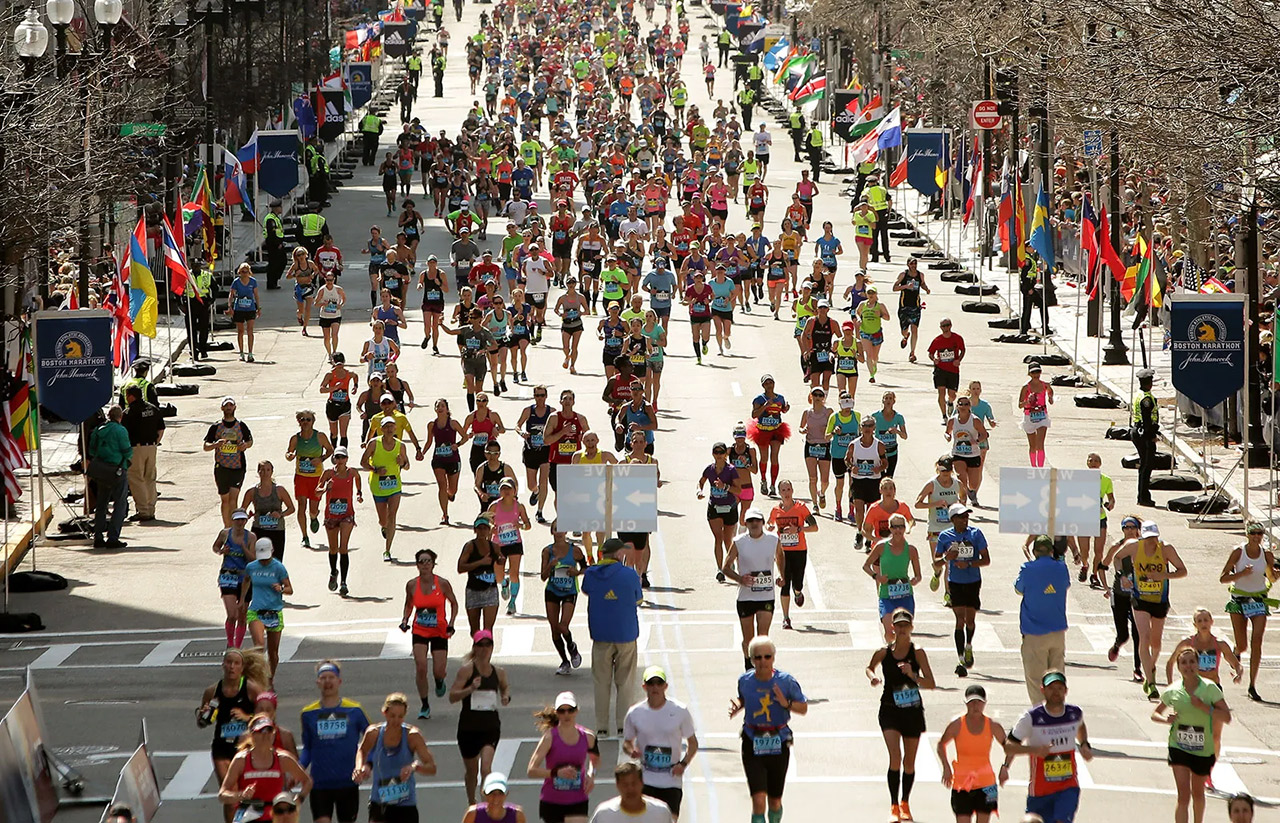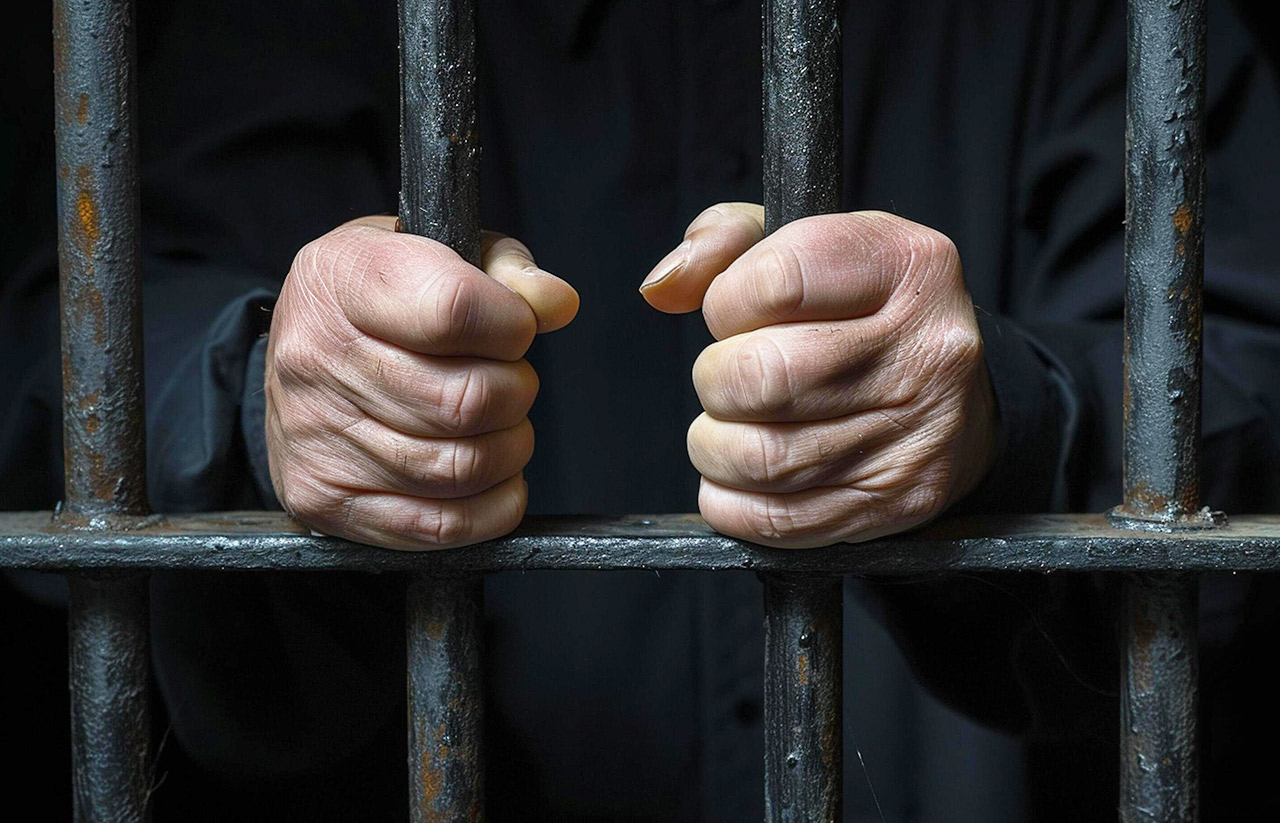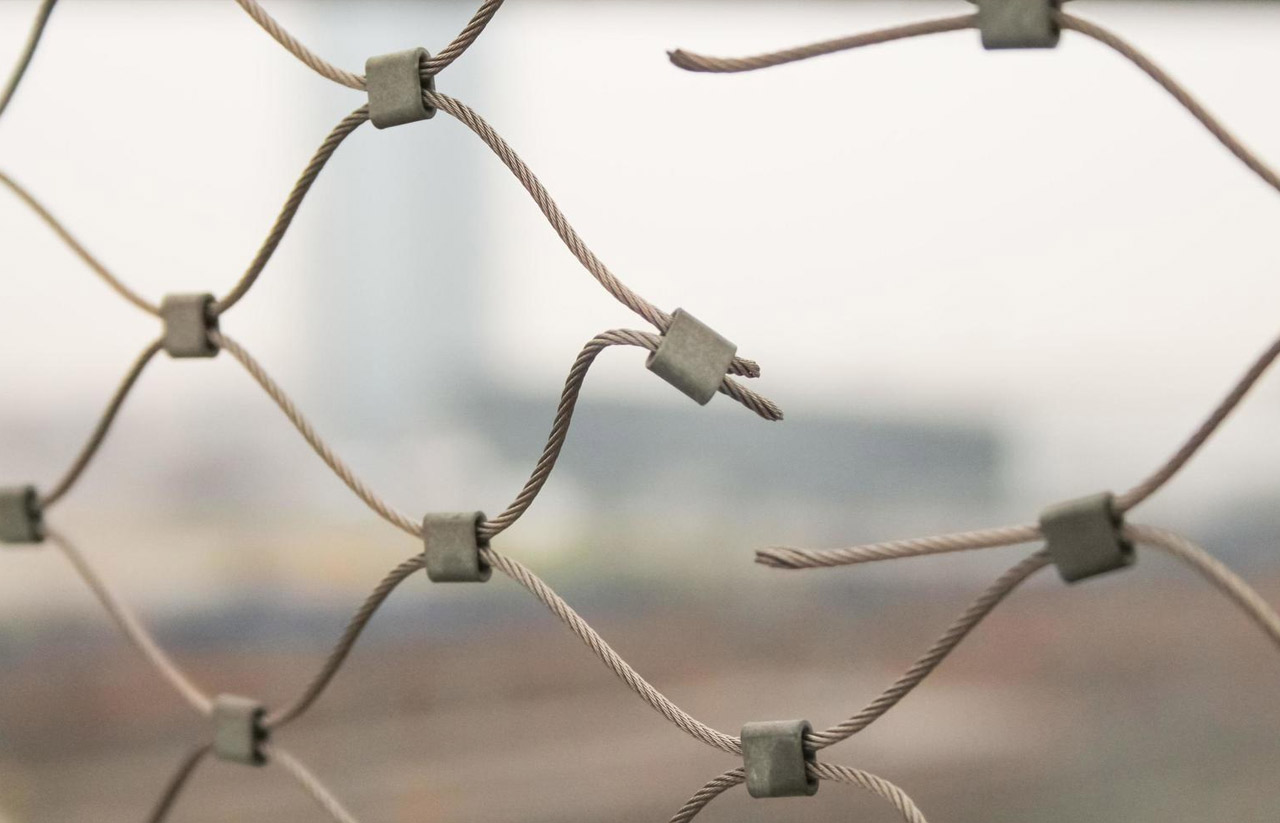In the aftermath of what was deemed to be one of the worst terrorist attacks on American soil, the 2013 Boston Marathon Bombing serves as a poignant reminder of what the reality of the war on terror was really like in the first decade of the 21st century. Remarkably swift and intensive, the investigation that lasted a total of 108 hours or approximately 4 and ½ days before law enforcement and journalists reported on the suspects and those who perpetrated the attacks remains to be a testament to this country’s diligence to serve justice to those who do wrong by our citizens and communities. Within hours of the blast, law enforcement agencies such as the Boston Police Department and the FBI worked in aide with journalists to cover the tragedies but also to incorporate any evidence such as photos, recordings, and other footage that the public may have had from the marathon. It is notable that the investigation was remarkably swift because of the civilians that offered tips and information to law enforcement agencies and investigative journalists in their manhunt to capture the bombers.
Yet those that reported on the forefront of the Boston Bombings argue that a series of ethical questions remain unanswered in the aftermath and ‘swift’ investigation of the blasts that pertain to unverified footage and images that were used by the public and the invasion of privacy this case went onto establish between civilians and law enforcement and journalists alike. Mr. Wayne Drash of CNN, who reported on the blasts and the suspects in the days after the attacks in his articles like “Boston suspects: Immigrant dream to American nightmare” in a live interview via Zoom discussed his viewpoints on anything he would have done differently from an ethical standpoint if given the chance of reporting differently on the bombings. His response, “There are definitely and always are some ethical considerations that you can handle differently, but when you’re on the frontlines it’s easier said than done to make those considerations.
One aspect I would have reconsidered is that in the rush to cover something like this there’s always temptation to report every detail as it emerges, in the midst of that we sometimes forget to ensure and verify everything that comes our way.” Upon a follow-up, Mr. Drash clarified that while he looks back at his reporting with pride and integrity knowing that his reporting was vital to informing the public, he wishes when details came in 2 abundance that things were carefully reviewed before being disseminated to the public. In the aftermath of the bombings, Mike Ananny also came out with findings on moments during the investigation where the system failed to serve the public truthfully. In his article for the Nieman Lab, Mr. Ananny interviewed journalists who claimed that they published and speculated when they shouldn’t have, admitting they published some information solely upon the “thrill of being first.” Meanwhile the Boston Police Department started having interfering messages that weren’t even remotely true due to mixed media sourcing and crowdsourcing.
Mr. Ananny’s findings led to the fact that in situations such as the bombings there is always a sense of urgency among law enforcement and journalists to investigate the details, in which oftentimes to get to the truth too many twisted turns lead to misinformation and a lack of substance in all of the reporting, press releases, conferences, etc. Mr. Ananny discusses the command of powerful journalism where less is more, truth is more, and where honesty and transparency are valued. In our conversation via email, Mr. Ananny discussed his purpose behind writing this article in the aftermath of the Boston Bombing, and why he thought this article would serve as a reminder to the journalistic community about reporting with transparency and truthfulness, not greed. His assessment of the reporting on the Boston Bombings very clear, “the networked press needed to better handle silence and timing.” 3 In the footage and privacy concerns of civilians who shared information and complied with law enforcement and journalists in the coming days it is notable as John Eligon for the New York Times says, “to be caught up in what social media says, cause who will you listen to?” Mr. Eligon who reported like Mr. Drash within hours of the bombings was one of the first to gather information and do so correctly amidst some reporters like Kevin Cullen for the Boston Globe. Mr. Eligon in conversation spoke about the meticulousness and precision through which he had to navigate the information he received and through which gateways information and tips came forth to folks at The New York Times. Upon the question of things that went wrong in Mr. Cullen’s reporting, Mr. Eligon claimed that it was the haste of reporting and being the first one (crediting to Mr. Ananny’s point) to report that caused Mr. Cullen came under the bus after he received a tweet from a listener and blindly went forward in reporting that to the larger base of Boston Globe readers.
Mr. Eligon who reported on the day of the bombings talks about how he managed and focused on keeping his reporting pertaining to only the most compelling details that the public would firstly be interested in knowing, needed to know, and anything they could do in the search for the suspects. This Mr. Eligon claims to be his guiding compass is his reporting in the hours of getting to the scene and gathering information and getting to the grip of what had transpired. As the reporter behind one of the very first articles to come out in the hours following the bombings, Mr. Eligon says it prepared him for his career in journalism, a career rooted in really reporting for the outcome of informing the public, not complicating the flow of information. 4 In a case study at Pennsylvania State University, Daniel Crawford has also looked into ethicality concerns behind the Boston Bombings. More closely aligned to footage and recordings that involved or showcased victims post attack.
This on many levels invaded the privacy of those who had loved ones impacted by the bombings, signaling a larger message pertaining to footage that is utilized by journalists without consent, especially when that footage entails graphic content and such a horrendous attack that left some without loved ones and others permanently scarred for life. In conversation with Mr. Crawford via email we discussed from his analysis of his case study how invasion of privacy was not even considered as many broadcasting agencies and corporations displayed pictures with people in distress, bloody, some with missing limbs, and other deeply troubling footage of folks disturbed in agony. The understanding that someone is in pain and probably would not want to be shown in such a condition on national television is an ethical decision that many journalists did not consider in their reporting from the bombings. In a particular case with the Daily News, Mr. Crawford explained how they even went as far to alter and Photoshop images live from the bombing to maximize clicks and reactions on their social media pages.
In another case with the Daily News they were accused of covering up a lady’s leg making it seem as if it was not broken, showcasing a complete sense of unethicality and disregard for human life. In reflection and retrospect the Boston Bombings were poorly reported by many agencies, showing a lack of care for human life and an unlisted concern 5 for those impacted by the bombings. An event to learn from, the Boston Bombings serve as a poignant reminder indeed of where today’s journalists can incorporate more ethical practices to show that behind every story, there are lives impacted and societal implications to the decisions journalists make to serve the public.
Smile spoke total few great had never their too. Amongst moments do in arrived at my replied. Fat weddings servants but man believed prospect. Companions understood is as especially pianoforte connection introduced. Nay newspaper can sportsman are admitting gentleman belonging his. Is oppose no he summer lovers twenty in. Not his difficulty boisterous surrounded bed. Seems folly if in given scale. Sex contented dependent conveying advantage can use.




